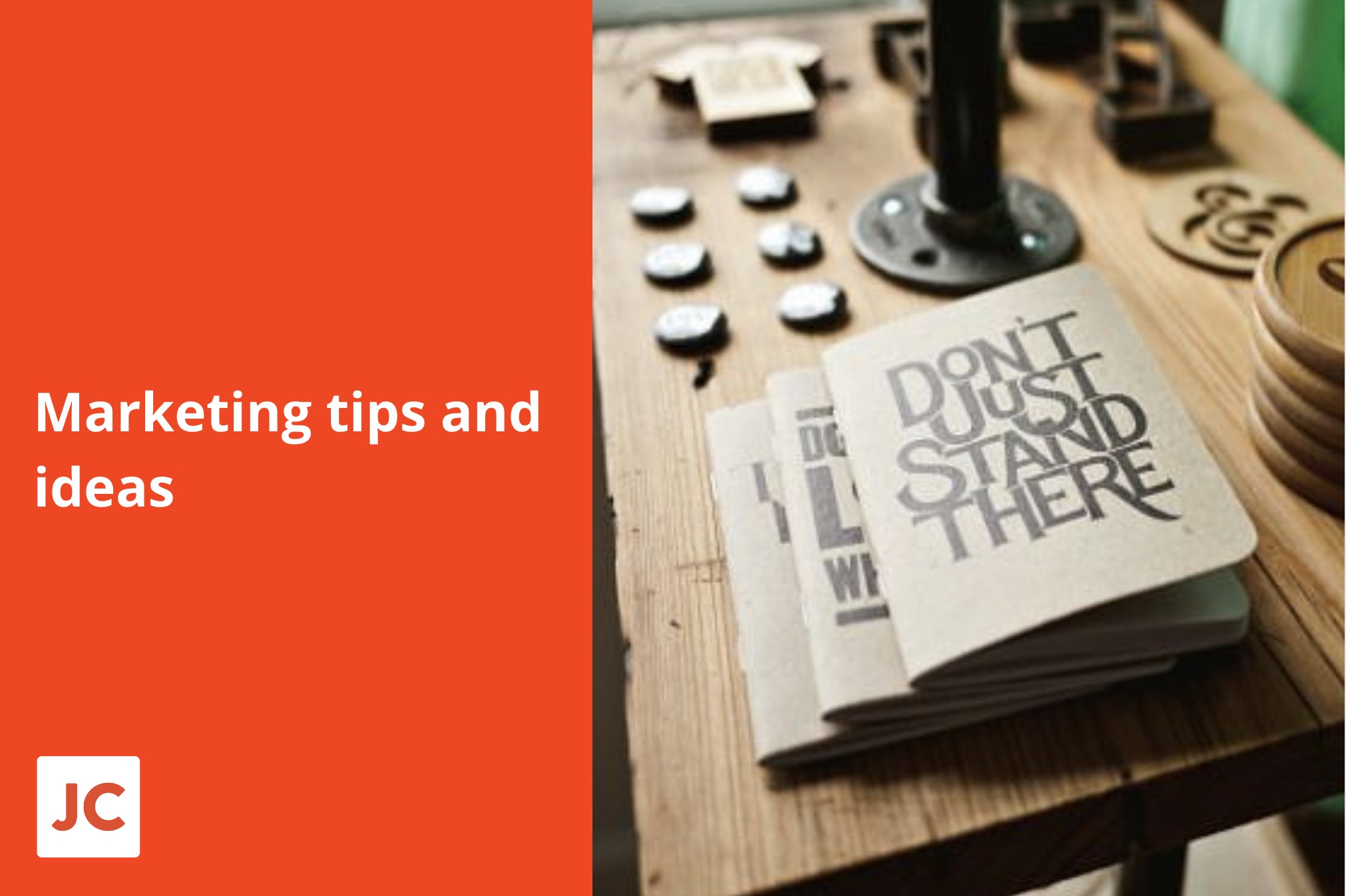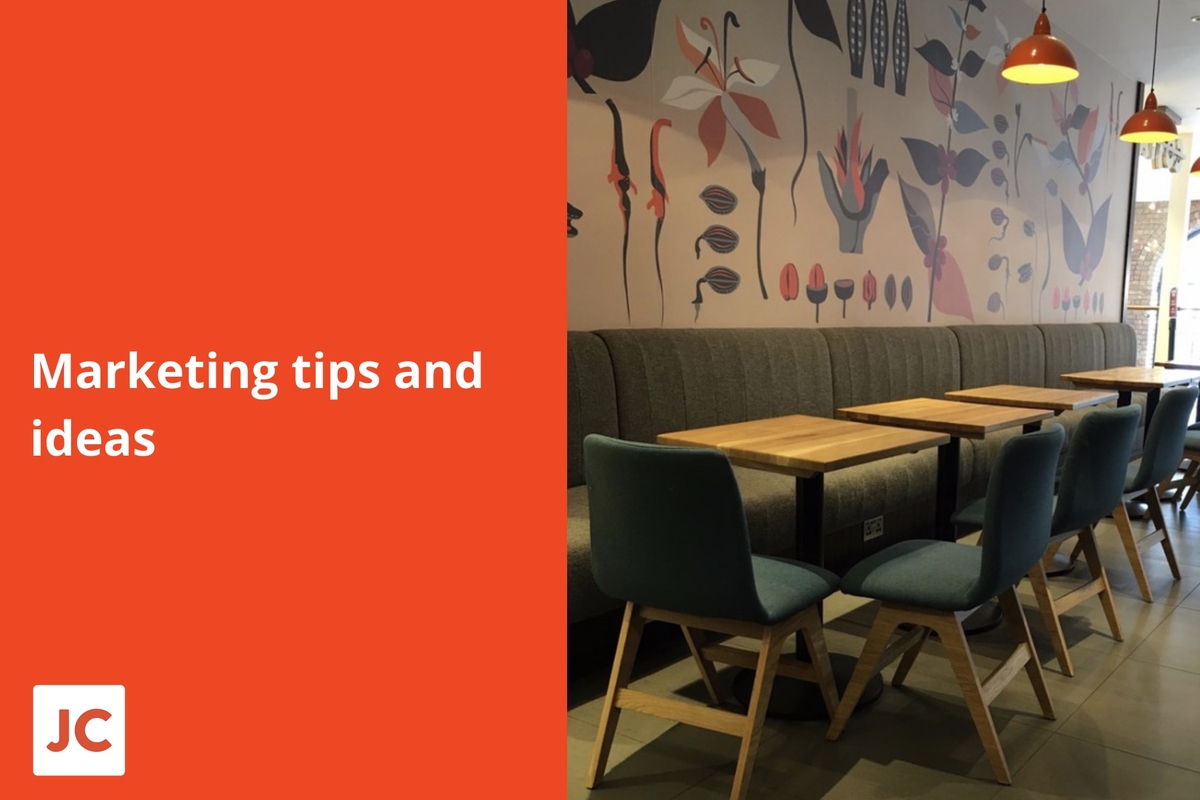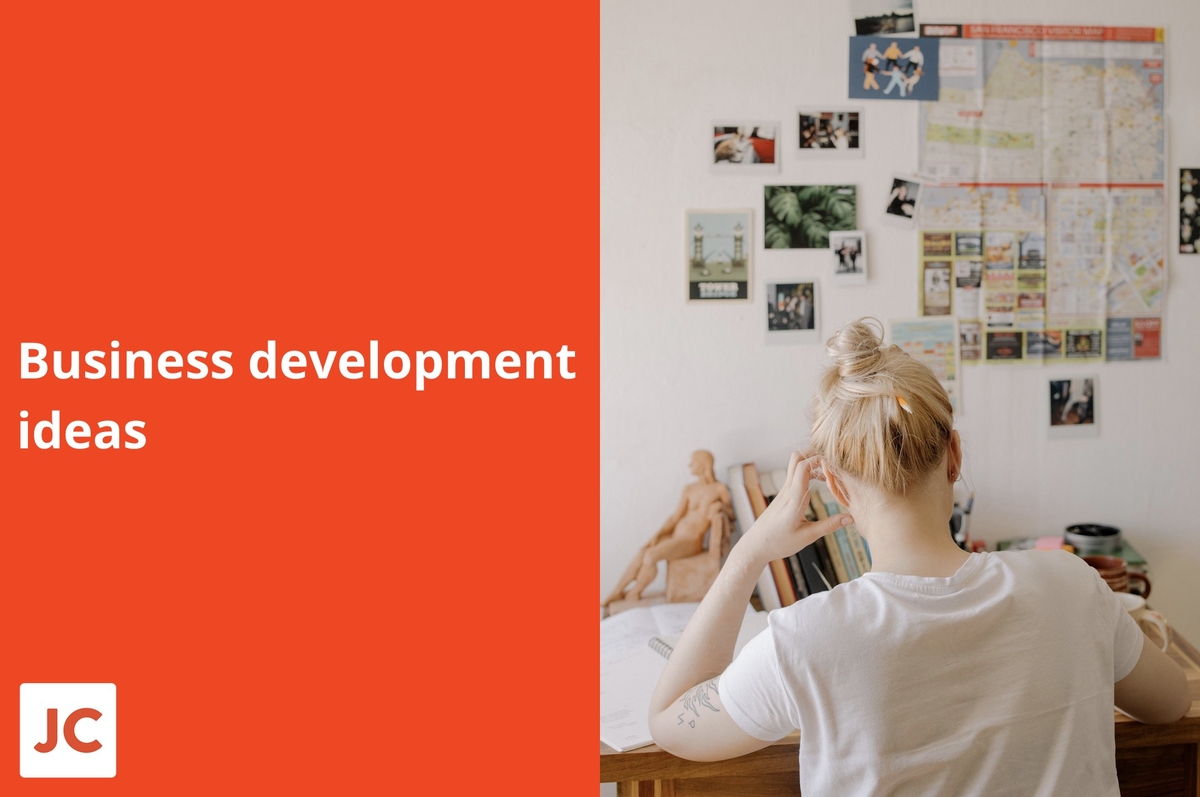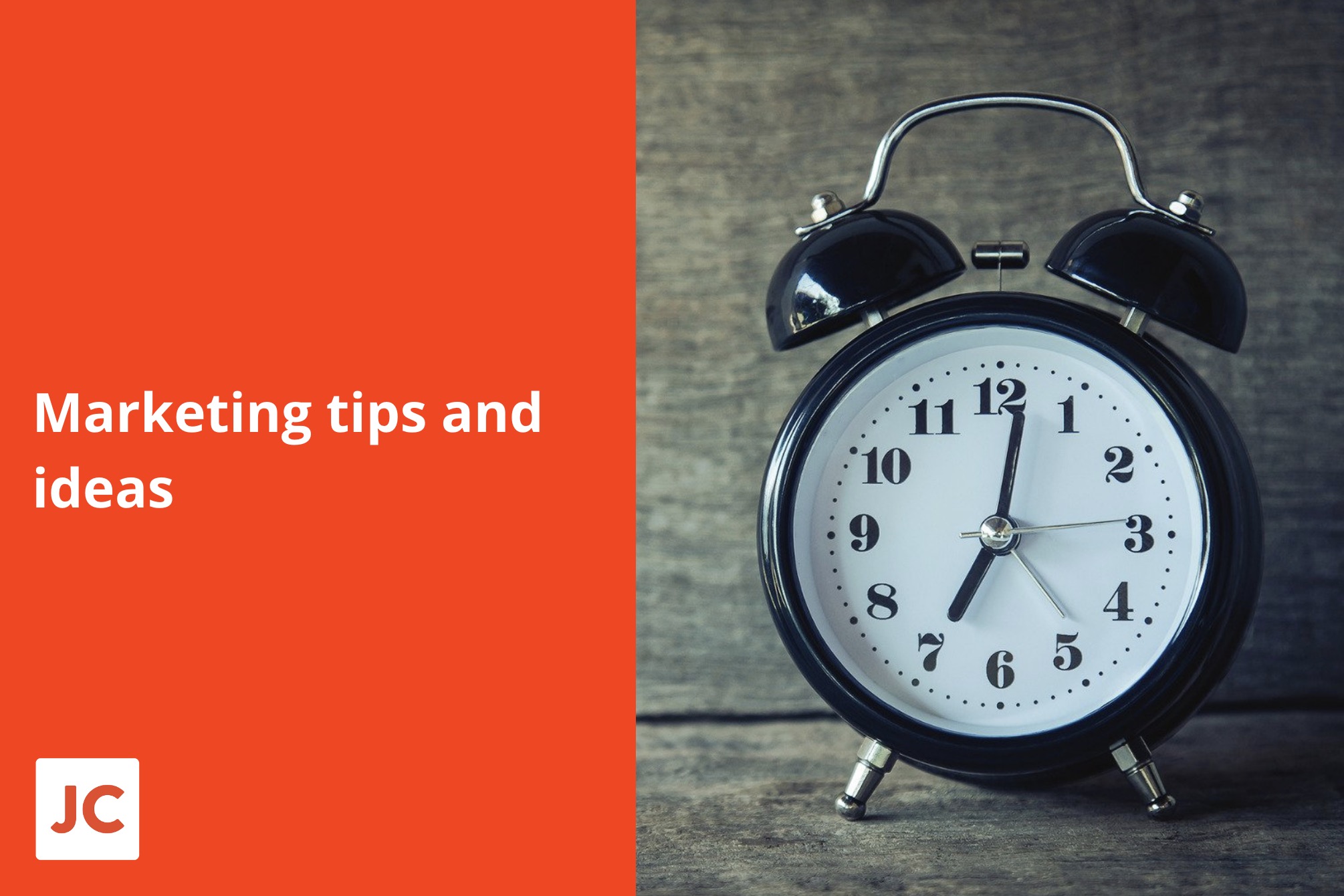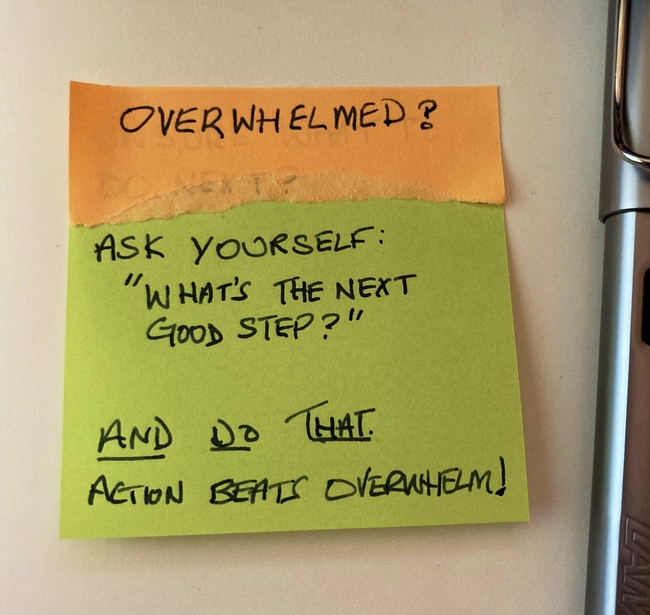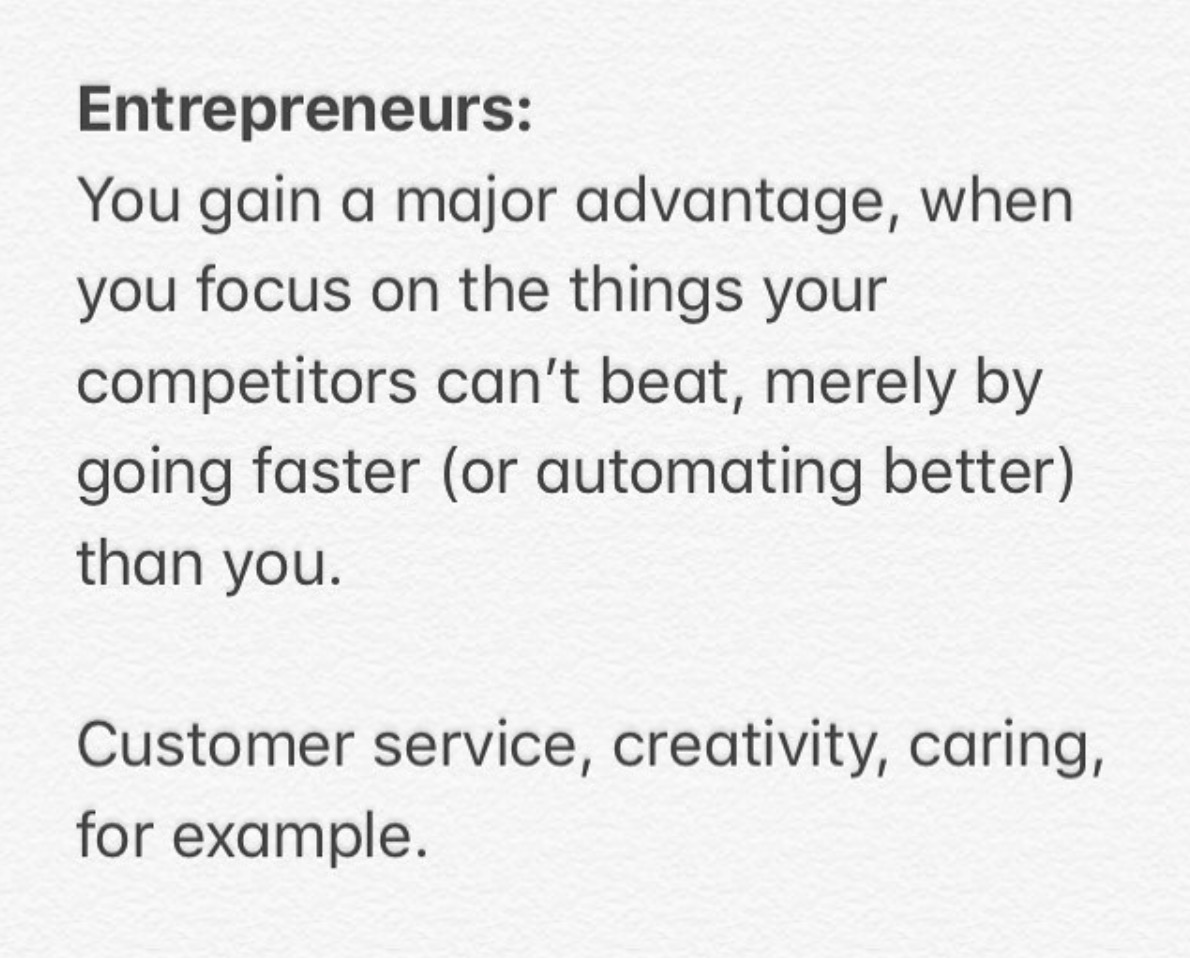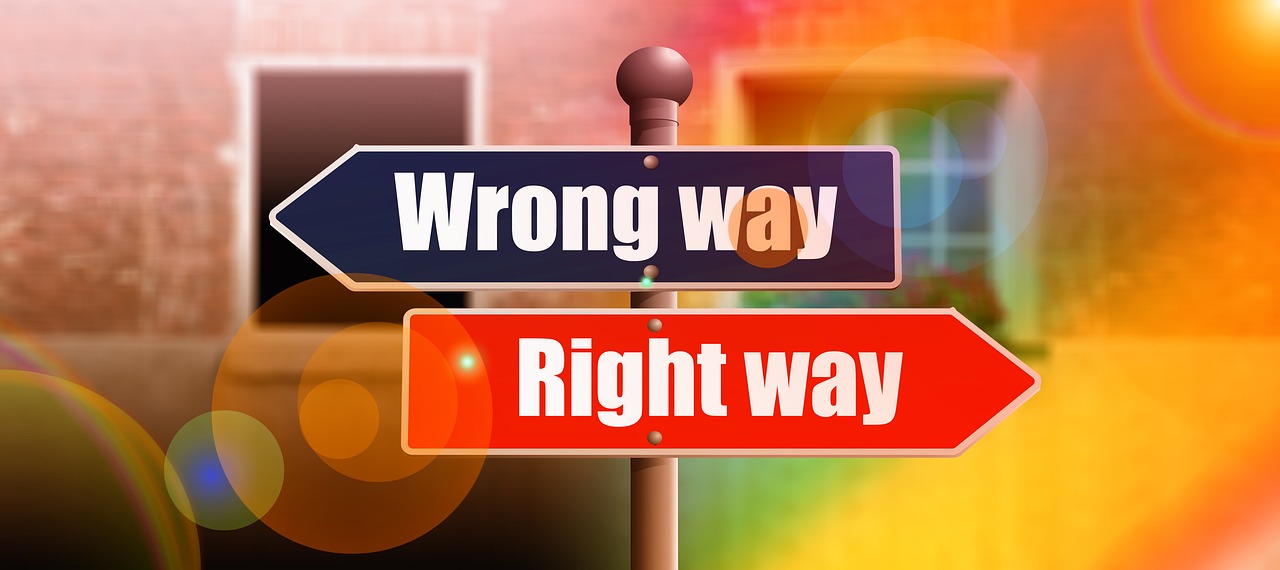
I’ve been doing some thinking this morning.
- I wonder why thousands of accountants pay, to use the exact same newsletter and marketing materials as their competitors… then complain because their look-alike firms attract fee sensitive client enquiries.
- I wonder why marketing professionals join networking groups, desperately looking for leads, when they’re supposed to know how to attract the very best clients.
- I wonder why most business owners have no idea who the top 5 or 10 people in their industry are, yet they can name the judges on a TV talent show.
- I wonder why business owners say the reason their customers don’t recommend them, is that ‘their customers’ just aren’t that type, even though it’s provably incorrect.
Here’s one possible answer
Much like web designers who have ugly websites and communications companies who use bland messaging, I believe there’s too little thought given to the consequences. These situations occur when decisions are made (and avoided) with too little consideration of the effects they will have.
On a surface level, the decisions mentioned here are easy to make. So easy, they’re almost non-decisions.
For example.
- Maybe the accountants with bought-in newsletters see them as a tiny financial investment, thus of equally little risk. They’re not thinking enough about the consequences of trying to grow their practice, with a cookie cutter approach.
- Maybe the marketing person in the networking group hopes no one will notice the irony of their membership. And if their business is already struggling, they may not even care about the medium-term impact it will have on their reputation.
- Maybe the business owners who are less informed about the top contacts in their marketplace, than the judges on a TV show, just want to chill after a hard day at work. They may not necessarily care that much, about the influential people in their niche.
- And maybe the business owners who would rather assume their clients ‘just don’t recommend service providers’, aren’t ready yet to face the reality that they’re not referable.
Here’s the thing. Our results are always telling us something. It’s our job to listen. To take heed. And then to take action. That’s always sound advice, but never more so than today.

